Ely Cathedral, England
Ely Cathedral, part of a network of English Cathedrals that form articles about Britain for the curious small group traveller. An Antipodean travel company serving World Travellers since 1983 with small group educational tours for senior couples and mature solo travellers.
14 Mar 23 · 7 mins read

Ely Cathedral
Ely Cathedral, located in the city of Ely, Cambridgeshire, is perhaps England’s most eccentric cathedral, outstanding architecturally for both its scale and stylistic details. Rising up from the flat, marshy fenland of East Anglia, it is often referred to as ‘The Ship of the Fens’. At a massive 66 metres tall and 164 metres long, it can be seen from miles away, forming an iconic part of the landscape.
The cathedral’s story dates back to 672, when St Etheldreda built an abbey church on the site. The present building itself is over 900 years old, built originally in 1083 in the Romanesque style. It has since been renovated and added to in various styles over the centuries. The Presbytery, for example is in the Early Gothic style, while the tower and Lady Chapel are Decorated, and the eastern chantry chapels Perpendicular. Its most famous feature is the Octagon Tower, with lantern above. A masterpiece of engineering, it is recognised as among the marvels of the medieval world.
This article explores the history and unique architecture of Ely Cathedral as background reading for Odyssey Traveller’s tours to England. We conduct a tour of Ely Cathedral as part of our 22-day Seven Ages of Britain Tour, as well as our 22-day Medieval England Tour. These tours are designed for senior and mature travellers who would like to learn about history and culture with like-minded people in a small group setting (participant number is typically 6 to 12), using the knowledge and expertise of our tour leader and local guides.
For more information readers are urged to take a look at Simon Jenkin’s book England’s Cathedrals, which was used in the writing of this article.
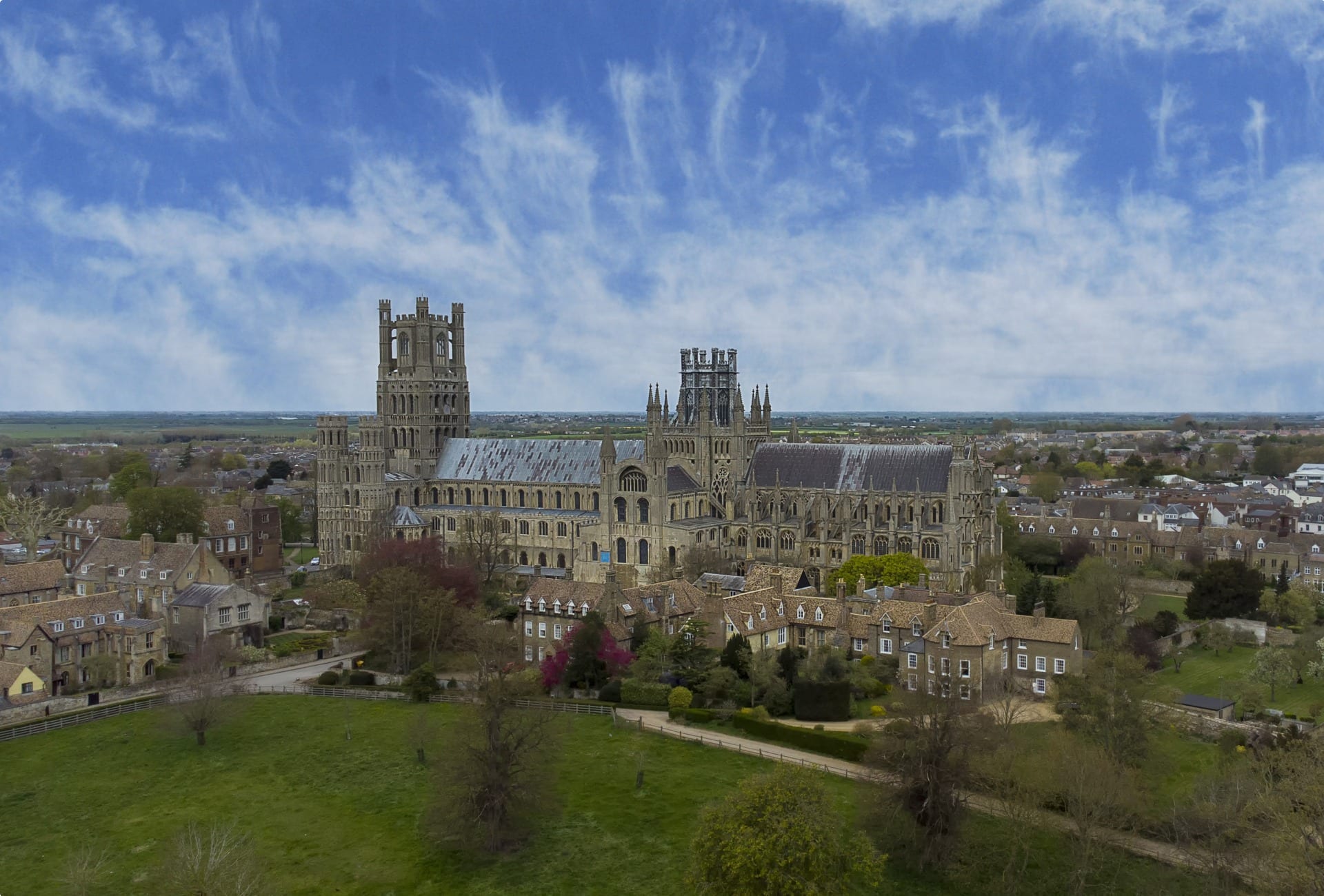
History of Ely Cathedral
Ely cathedral’s story dates back to Saxon times, when a monastery and nunnery was founded on the site by England’s first female saint, Etheldreda. She set up the abbey here after making a holy vow of virginity and fleeing her husband, whom she had married for political reasons. At that point, Ely was an island surrounded by marshes, and thus takes its name from the eels that lived in these swamps.
Etheldreda died in 679 but her monastery flourished for the next 200 years, as a cult developed around her as a saint and her tomb became a site of pilgrimage. The monastery was eventually destroyed by invading Vikings in 870 but was re-founded as a wealthy community by the Benedictines in 970.
Following the Norman Conquest, the abbey briefly became the base of the Saxon rebel Hereward the Wake. Due to the isolation and independence of the abbey, William the Conqueror naturally grew concerned. So, he entrusted the abbey to his cousin, Abbot Simeon of Winchester, giving him absolute power to deal with local trouble.
In 1083, a year after his appointment, Simeon went to work demolishing and rebuilding the abbey. Almost every English cathedral and major abbey was rebuilt during this time under the Normans. Ely’s new design had a cruciform plan with central crossing tower, aisled transepts, a three-storey elevation, and a semi-circular apse at the east end. It had no fewer than six towers, one over the crossing, one over the west end, and with two subsidiary towers over each of the western transepts. Ely became a cathedral in 1109, with the creation of the Diocese of Ely.
With growing numbers of pilgrims coming to to Etheldreda’s shrine, more space was needed by the end of the 12th century. This led to an expansion of the presbytery in the east end in the 13th century in the fashionable Early Gothic style, including engaged colonettes of Purbeck marble and white limestone, and complex rib vaults.
Disasters struck in 1322, with the collapse of the crossing tower into the choir. Although this was devastating, the consequent reconstruction brought Ely its most prized feature and one of the most impressive structures of the English Middle Ages – its central octagon tower and lantern. The tower, which is 142 ft tall, allows light to pierce in and throughout the cathedral. Further catastrophe occurred at the end of the 14th century, with the collapse of the north-west transept and towers, but there was no money to rebuild. To this day Ely appears wounded, standing as the only un-rebuilt cathedral other than Carlisle.
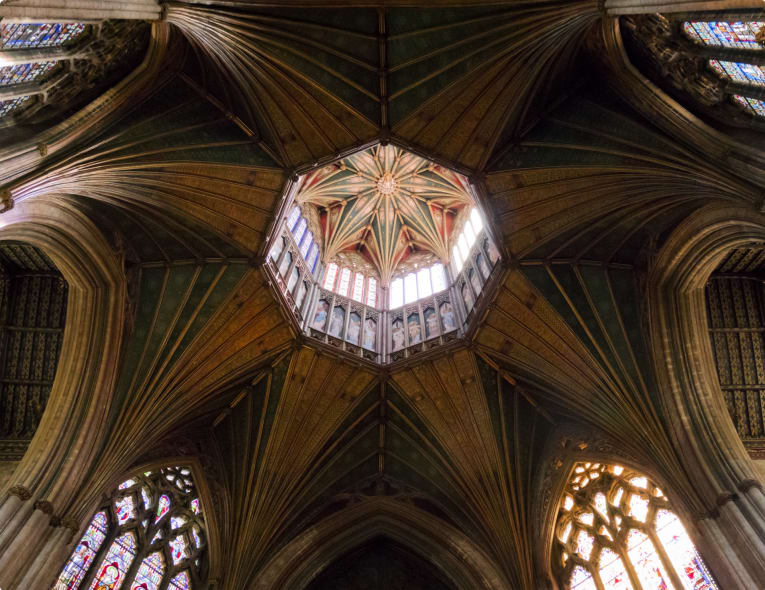
During the English Reformation, many of Ely’s statues and artefacts and its stained glass were destroyed because religious imagery was thought to be idolatrous. Some sculptures remain but most have been stripped of their heads and more. The English Civil War in the 17th century brought further disrepair, and the cathedral may have been completely destroyed had Oliver Cromwell and his army not been occupying the Isle of Ely during the 1640s. Various restoration work in the 18th, 19th, and 20th centuries brought the cathedral back to its former glory, retaining its impressive Romanesque and Gothic features.
Ely’s Architecture
Ely’s three remaining towers today are distinct examples of the Romanesque style brought from Normandy after the Norman Conquest. They include round arches and display Anglo-Norman blind arcading from top to bottom. The south-west tower is adorned additionally with freestanding shafts rising in front of the arch openings. In contrast, there is an elegant Early Gothic extension over the galilee porch – the principal entrance into the cathedral for visitors – with gently pointed arches.
The remainder of Ely’s exterior is a mixture of styles. The Decorated style of the lantern’s piercings, crockets and flying buttresses sit over Norman transepts below. While on the south wall of the nave there are two skilfully made Norman doors – the prior’s door and the monk’s door – dating to 1135. They are composed of spiralling tendrils and crowded with figures and motifs.
Inside the cathedral, the view of Ely’s nave is spectacular. At over 75 m (246 ft) long, it remains one of the longest in Britain. It is framed by a tall western arch, while the view on the ground floor is of a colonnade of piers and arches. On the second story is a gallery with double-light openings, with each pair set within a larger arch mirroring the corresponding arch on the lower level. The third level is a clerestory with triplet openings. Overhead is a wooden ceiling painted in warm reds and greens.

At the crossing, the roof suddenly opens and a great opening soars upwards; here is the large octagonal tower, with its pinnacles and lantern above. The roof and lantern are held up by a massive oak beam, rising to a height of 63 feet. At the apex of the lantern is a painting of Christ in Majesty, surrounded by panels of angels playing instruments. The octagon and lantern vaults let light in, illuminating the pier capitals in the crossing below.
Eastwards there is a completely different Ely. Following the collapse of the tower, the three western choir bays were rebuilt conforming to the earlier gothic style of the Presbytery but with heavy Decorated motifs. The choir screens were restored in the Victorian era by George Gilbert Scott in the Gothic Revival style. The mastery of this style is further evident in Scott’s repositioning of the organ cases, restoration of the survival stalls, and his lavish reredos.
In the easternmost bays of the presbytery aisles are two chantry chapels, entered through elaborate Tudor screens. That on the north is for Bishop John Alcock (1486-1500), built in the Perpendicular Style. Every canopy, every niche, and every corner are crowded with monsters, flowers and musical instruments. Alcock’s chapel is within the chantry, as well as an altar so that Masses can be said for his soul. On the south side is the chantry for Bishop Nicholas West (1515–33). Its screen is covered in niches for statues, which were emptied by iconoclasts during the Reformation. Fran tracery forms the ceiling, while West’s tomb is on the south side.
Ely has no surviving cloister or chapter house. Instead, there is a Lady Chapel. Completed in 1349, the chapel is a precious example of the Decorated style. It is a simple rectangle, and its elevation is composed of a dado and clerestory. A large window fills the west end with reticulated tracery, and the vault is the widest of the period in England at 46 feet. But the chapel’s glory is the stone seats along the walls, with their canopies undulating around the room in a continuous flowing line, voluptuously coated in leaves, crockets, and figures.
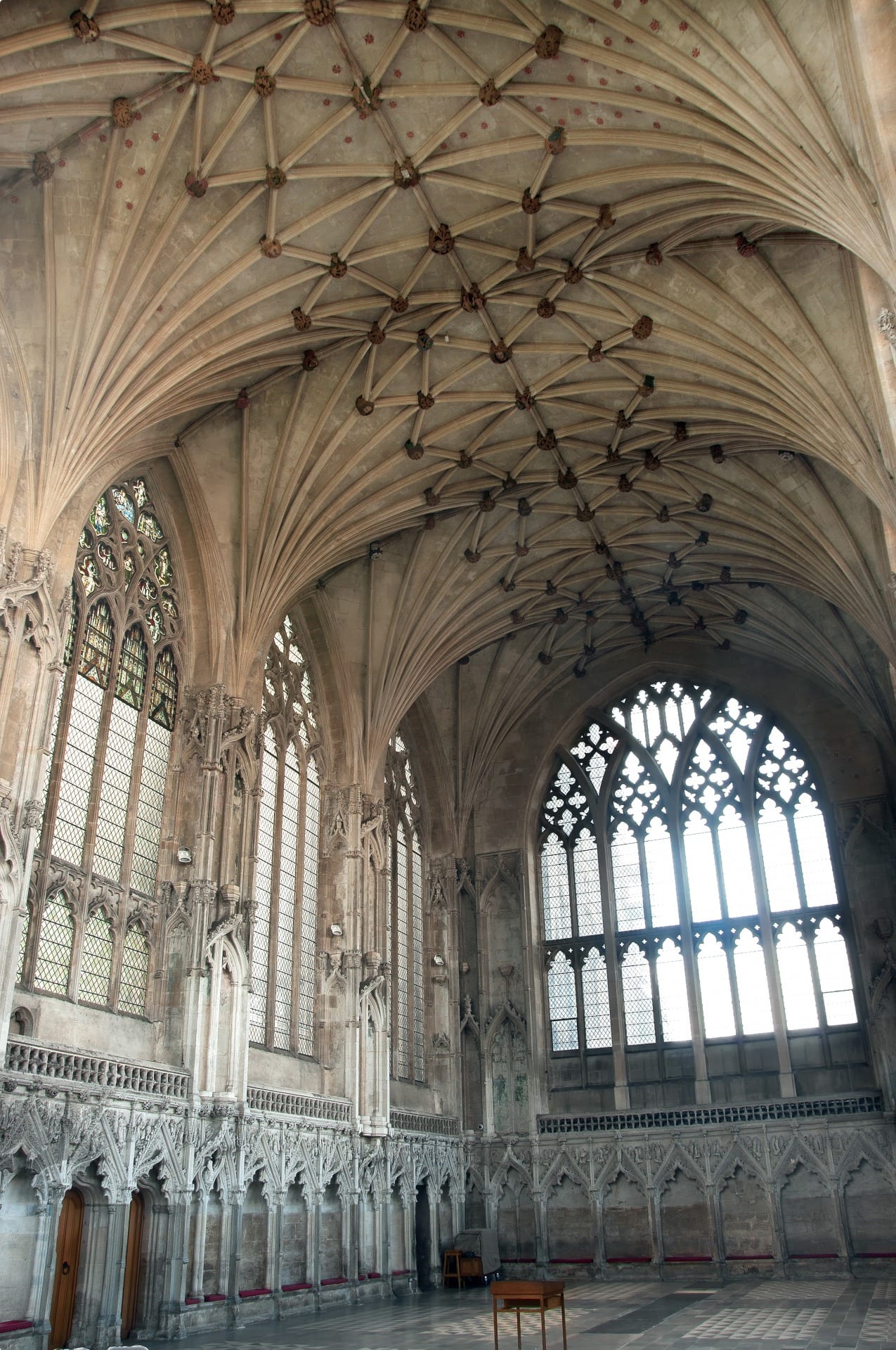
Ely’s original glass was lost to time but was replaced by the Victorians, with over a hundred new neo-medieval windows in all.
Tour of Ely Cathedral
Odyssey traveller visits Ely Cathedral during our 22-day Seven Ages of Britain Tour, as well as our 22-day Medieval England Tour.
Our Seven Ages of Britain Tour starts in Scotland and finishes in England, exploring seven periods in Britain’s long history, including: the Neolithic Age; impact of the Romans; arrival of the Saxons; era of the Vikings; Norman conquest and rule; Tudor period and the Age of Enlightenment; and the impact of the Victorians and the Industrial Age.
We begin in Orkney, Scotland, where we stroll through some of Europe’s best-preserved Neolithic and Viking monuments, before flying south to Newcastle, England and then travelling on through the quaint villages and hidden gems of York and Cambridge, before ending in London for a further exploration of the wonders of the United Kingdom’s capital. We visit Ely Cathedral on our way from York to Cambridge, and also enjoy other splendid Norman cathedrals in Durham and Norwich.
Our Medieval England Tour from Canterbury to Cambridge, passing through Winchester, Salisbury, Bristol, Hereford, and Norwich along the way. Castles, villages, Cathedrals and churches all feature in the Medieval landscapes visited. This includes visits to not only Ely Cathedral, but also those in Wells, Canterbury, Salisbury, Bristol, Hereford, Leicester, Norwich, Winchester, and Worcester!
Odyssey Traveller has been serving global travellers since 1983 with educational tours of the history, culture, and architecture of our destinations designed for mature and senior travellers. We specialise in offering small group tours partnering with a local tour guide at each destination to provide a relaxed and comfortable pace and atmosphere that sets us apart from larger tour groups. Tours consist of small groups of between 6 and 12 people and are cost inclusive of all entrances, tipping, and majority of meals. For more information, click here, and head to this page to make a booking.
Articles about Britain published by Odyssey Traveller.
- Understanding British Churches
- Studying Gargoyles and grotesques
- Georgian Architecture
- London’s Victorian Architecture
- Traveller’s Guide to Medieval England
- Landscapes of Medieval England
For all the articles Odyssey Traveller has published for mature aged and senior travellers, click through on this link.
External articles to assist you on your visit to Britain.
Related Tours

22 days
Apr, SepSmall group tours Medieval England
Visiting England
A small group tour of England focused on Medieval England and Wales. Spend 21 days on this escorted tour with tour director and local guides travelling from Canterbury to Cambridge, passing through Winchester, Salisbury, Bristol, Hereford and Norwich along the way. Castles, villages, Cathedrals and churches all feature in the Medieval landscapes visited.
From A$14,665 AUD
View Tour
22 days
Apr, AugSeven Ages of Britain, snapshots of Britain through the ages.
Visiting England, Scotland
This guided small group tour starts in Scotland and finishes in England. On Orkney we have a day tour to the UNESCO World heritage site, Skara Brae, before travelling to city of York. Your tour leader continues to share the history from the Neolithic to the Victorian era. The tour concludes in the capital city, London.
From A$15,995 AUD
View Tour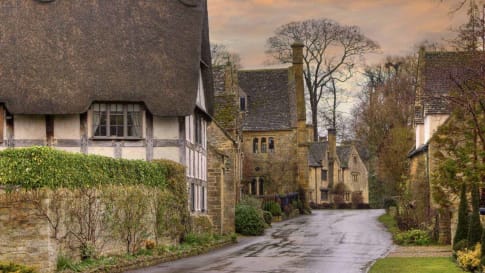
19 days
Jun, SepEngland’s villages small group history tours for mature travellers
Visiting England
Guided tour of the villages of England. The tour leader manages local guides to share their knowledge to give an authentic experience across England. This trip includes the UNESCO World heritage site of Avebury as well as villages in Cornwall, Devon, Dartmoor the border of Wales and the Cotswolds.
From A$16,995 AUD
View Tour
From A$13,915 AUD
View Tour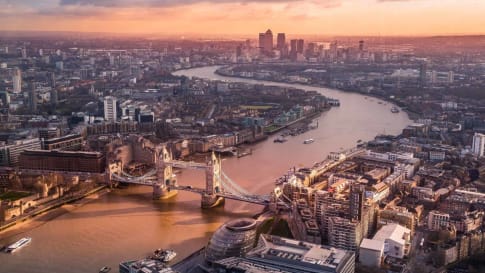
6 days
Apr, SepLondon Short Tour
Visiting England
A small group tour of London is a collection of day tours that visit and explore through the villages of the city. This escorted tour includes a journey out to Windsor castle. We explore Contemporary and learn about Roman Walled city, Medieval, Victorian London and the contemporary city today.
From A$6,995 AUD
View Tour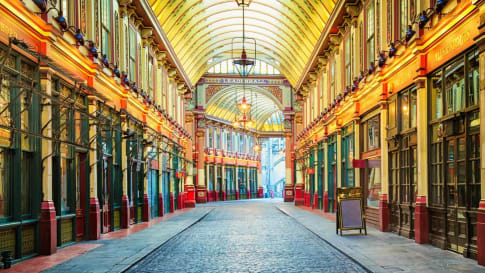
21 days
Sep, JunQueen Victoria's Great Britain: a small group tour
Visiting England, Scotland
A small group tour of England that explores the history of Victorian Britain. This escorted tour spends time knowledgeable local guides with travellers in key destinations in England and Scotland that shaped the British isles in this period including a collection of UNESCO world heritage locations.
From A$15,880 AUD
View Tour
22 days
Sep, JunRural Britain | Walking Small Group Tour
Visiting England, Scotland
A walking tour into England, Scotland and Wales provides small group journeys with breathtaking scenery to destinations such as Snowdonia national park , the UNESCO world heritage site Hadrians wall and the lake district. each day tour provides authentic experiences often off the beaten path from our local guides.
From A$15,880 AUD
View TourRelated Articles

British Village Icons: Definitive Guide for Travellers
Icons of the British Villages: Pubs and Cottages The British pub and cottage figure prominently in the image of a (often romanticised) quintessential “British village”. In this article, we will give special attention to these…
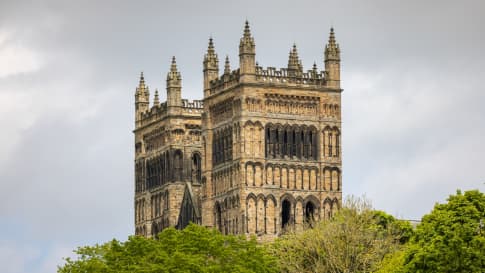
Durham Cathedral, England
Britain has an extensive network of Cathedrals, this collection of articles explores the history of some to the most popular churches to visit and explore. Odyssey is an Antipodean travel company serving World Travellers since 1983 with small group educational tours for senior couples and mature solo travellers.
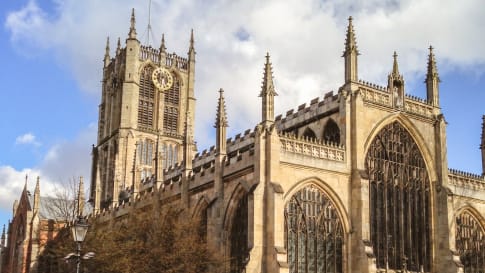
England's Cathedrals
Article about the Cathedrals of England, the design, place and history and their settings for travellers curious about places such as York, Salisbury, Winchester, Ely, Chester, Canterbury or London where the church was a beacon linking the pilgrims paths as well through to Europe. This article links to understanding Britain's churches. An Antipodean travel company serving World Travellers since 1983 with small group educational tours for senior couples and mature solo travellers.
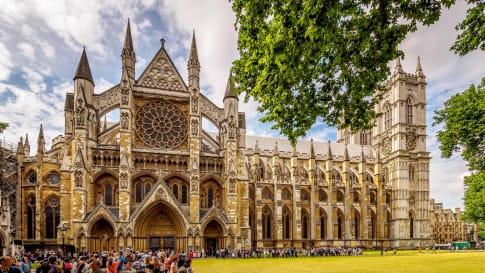
History of English Cathedrals
Britain has an extensive network of Cathedrals, this collection of articles explores the history of some of the most popular churches to visit and explore. Odyssey is an Antipodean travel company serving World Travellers since 1983 with small group educational tours for senior couples and mature solo travellers.
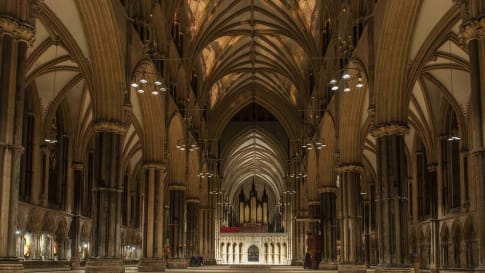
Landscapes of Medieval England
Article about Medieval England supporting Britain's history from the Roman's to Queen Victoria and the industrial revolution.

Medieval British Village Life: The Definitive Guide for Seniors
Life in the Medieval British Village In a previous article, we looked at the icons of the British village–the pub and the cottage–and looked at their history and evolution from Roman and Norman times. In…

Studying Gargoyles and Grotesques: The Definitive Guide for Travellers
Article to support world travellers since 1983 with small group educational tours for senior couples or mature solo travellers interested in British and European history.
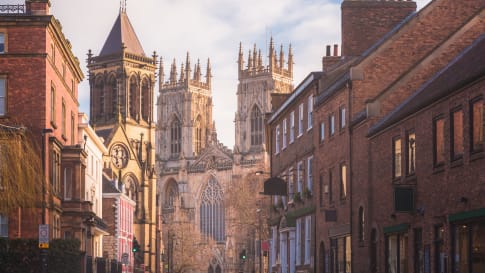
York Minster, England
Article explores the history of York and the minster as part of a series about the Cathedrals of England. An Antipodean travel company serving World Travellers since 1983 with small group educational tours for senior couples and mature solo travellers.
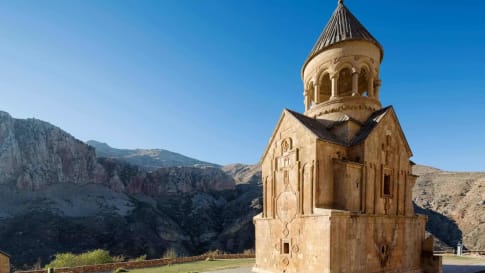
Armenia's Religious Architecture: The Definitive Guide
Buildings and Christianity in Armenia | Small Group Tours Armenia In this post, we will look at examples of Armenia’s buildings and building design before and after its conversion to Christianity. These buildings represent some…

Elements of Mosque Architecture
The word "mosque" often brings to mind not this simple prayer space, but the ornately decorated monuments built by powerful Islamic rulers.

Understanding British Churches: The Definitive Guide for Travellers
British Churches Through the Years “How old is this church?” asks Mary-Ann Ochota in a chapter of her book, Hidden Histories: A Spotter’s Guide to the British Landscape (Francis Lincoln, 2016, p. 250). In this article, we…


